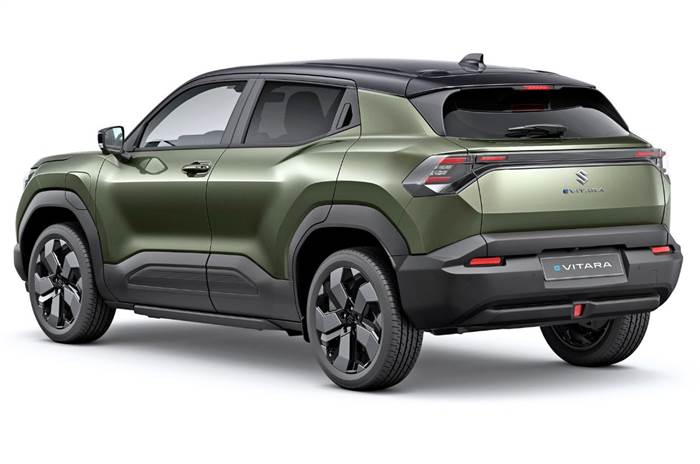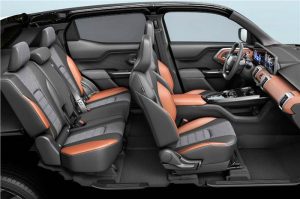
Suzuki has officially unveiled its first production version of the electric vehicle, the E-Vitara, at the EICMA 2024 motor show in Milan, Italy. This vehicle is the production version of the previously showcased EV-EX concept, which was first revealed at the Auto Expo 2023 in India. The new name for the concept is E-Vitara.
The E-Vitara will be displayed at the India Mobility Show 2025, scheduled for January, and its production will begin in February 2025 at Suzuki Motor Gujarat’s plant. Following that, it is expected to be available for sale in various markets including Europe, Japan, and India by March. There is a strong possibility that it will also arrive in Nepal after its initial release.
In terms of dimensions, the E-Vitara measures 4,275 mm in length, 1,800 mm in width, and 1,635 mm in height, with a wheelbase of 2,700 mm and a ground clearance of 180 mm. It can accommodate five passengers and will have two battery options of 49 kWh and 61 kWh.
The vehicle is equipped with a permanent synchronous electric motor and will be available in both two-wheel drive (2WD) and four-wheel drive (4WD) configurations. The 2WD version with a 49 kWh battery will produce 142 HP, while the 61 kWh battery will provide 172 HP. For the 4WD variant, the 61 kWh battery will deliver 181 HP. The torque for the 2WD and 4WD will be 189 Nm and 300 Nm, respectively.
The battery used in the E-Vitara is a lithium iron phosphate (LFP) blade battery developed by BYD, a prominent EV manufacturer from China. Suzuki has reportedly sourced the entire battery pack from BYD.
While Suzuki has not officially disclosed the range of the EV, it has previously stated that the 61 kWh battery pack is expected to offer a range of approximately 500 km in global testing. Based on this, similar expectations for range can be anticipated.
Suzuki emphasizes that the E-Vitara focuses on advanced technology and power delivery. It features an electric four-wheel drive system called AllGrip-E, which enhances off-road capability, helping distinguish Suzuki’s EV from other mass-market EVs.
The E-Vitara retains much of the design and appearance of its concept model, with similar looks, design, and size. However, some sharp angles have been softened. It features tri-slice LED daytime running lights at the front and rear, a charging port on the front side, and a curved rear wheel arch. The rear door handle is integrated into the C-pillar, reminiscent of the older Swift model.

Inside the E-Vitara, there is a new operating system or user interface with dual screens. It offers not only a touchscreen facility but also highly informative digital dials. Additional features include split-folding rear seats, adjustable headrests, three-point seatbelts for all passengers, and ISOFIX child seat mounts.
Safety features include an electronic parking brake with auto hold, driving modes with “trail” for the all-wheel-drive version, hill descent control, single-zone auto climate control, wireless phone charging, side and curtain airbags, heated mirrors, and advanced driver-assistance systems (ADAS).
Once launched, the Suzuki E-Vitara will compete in the market with other electric vehicles such as the Tata Curve EV, Mahindra BE 05, and Hyundai Creta EV.
Due to the absence of electric vehicles from Suzuki, there is considerable anticipation for this EV in the Nepali market. Once available, it is expected to become a strong competitor in the Nepali EV market.
FACEBOOK COMMENTS